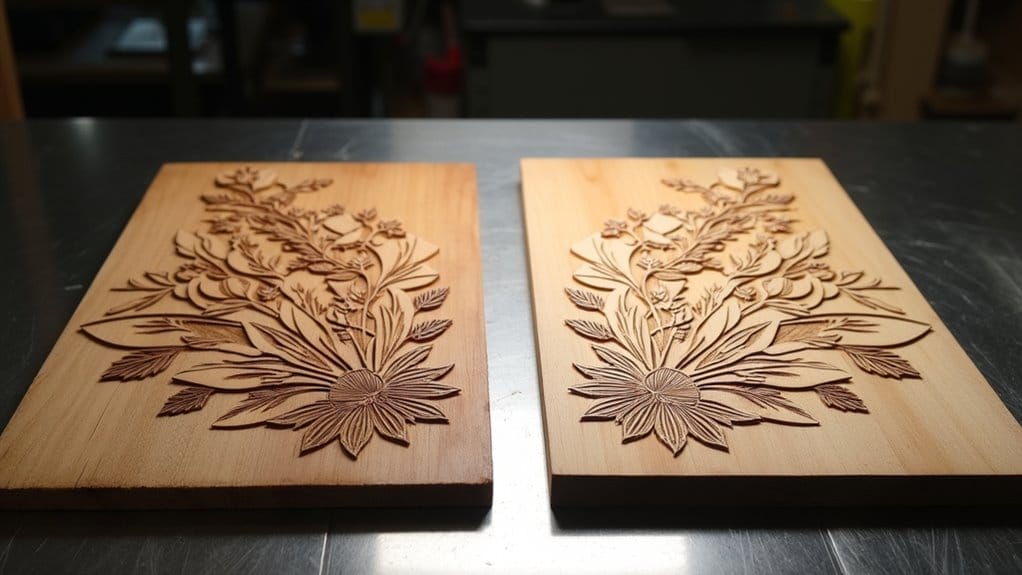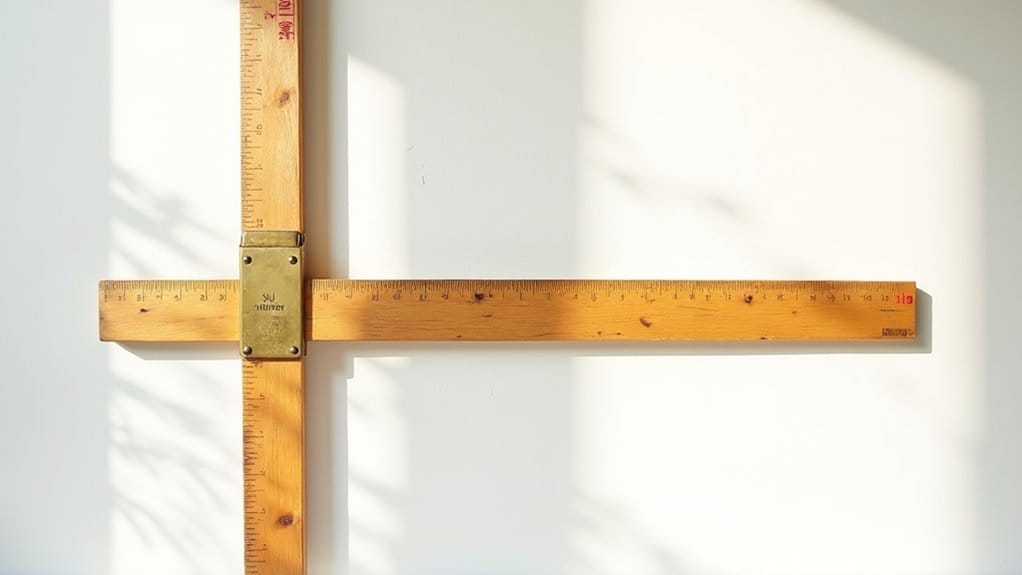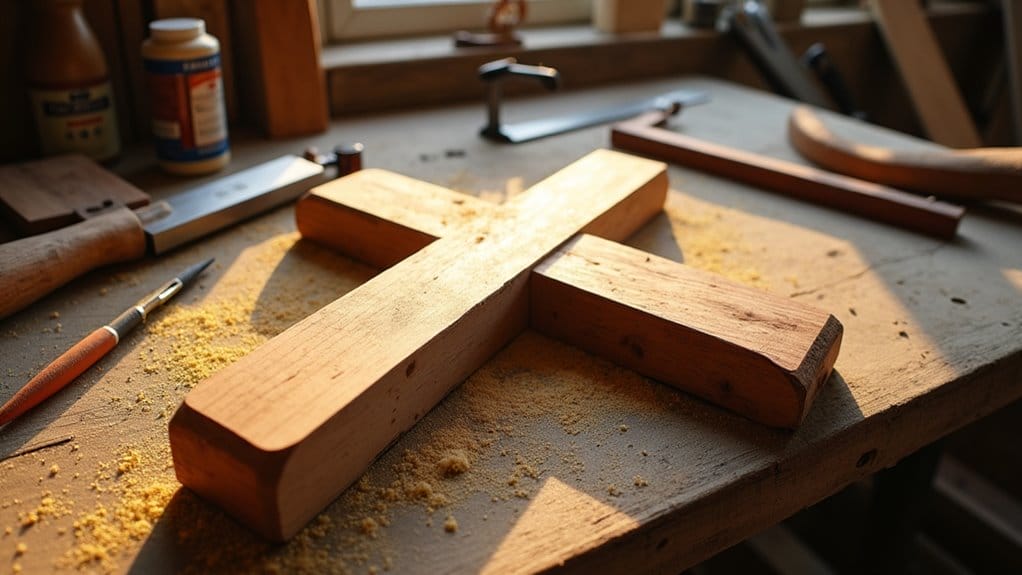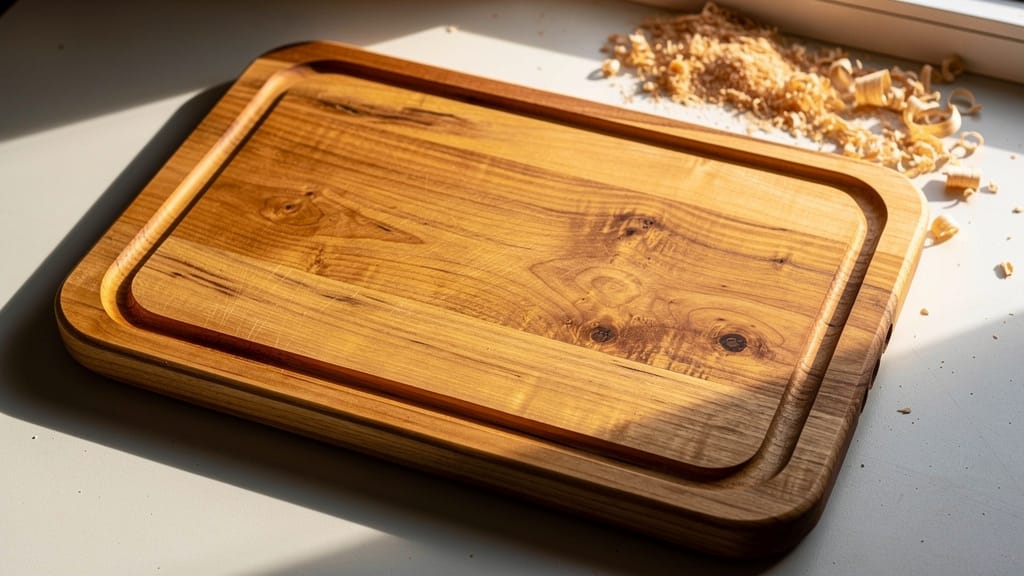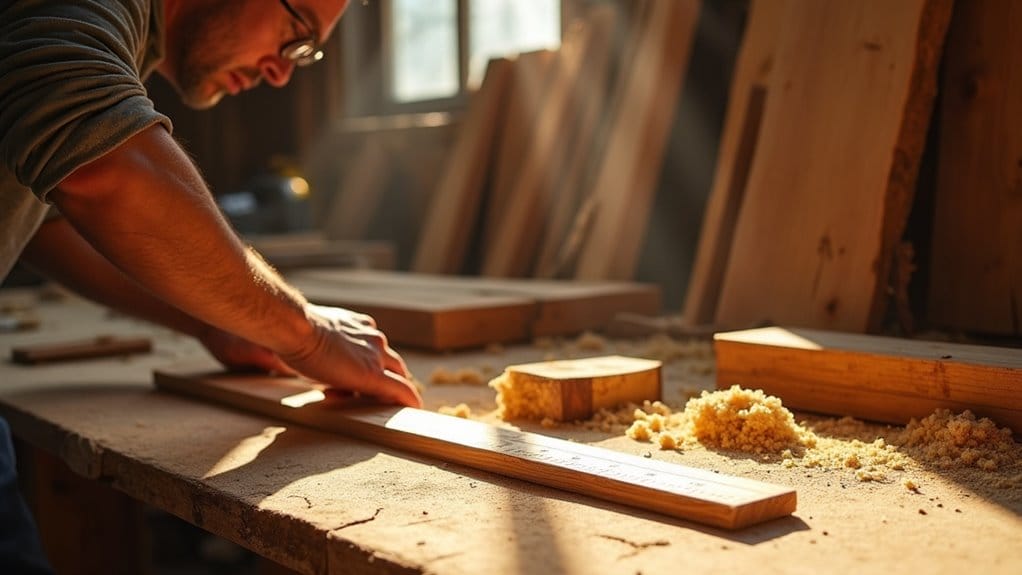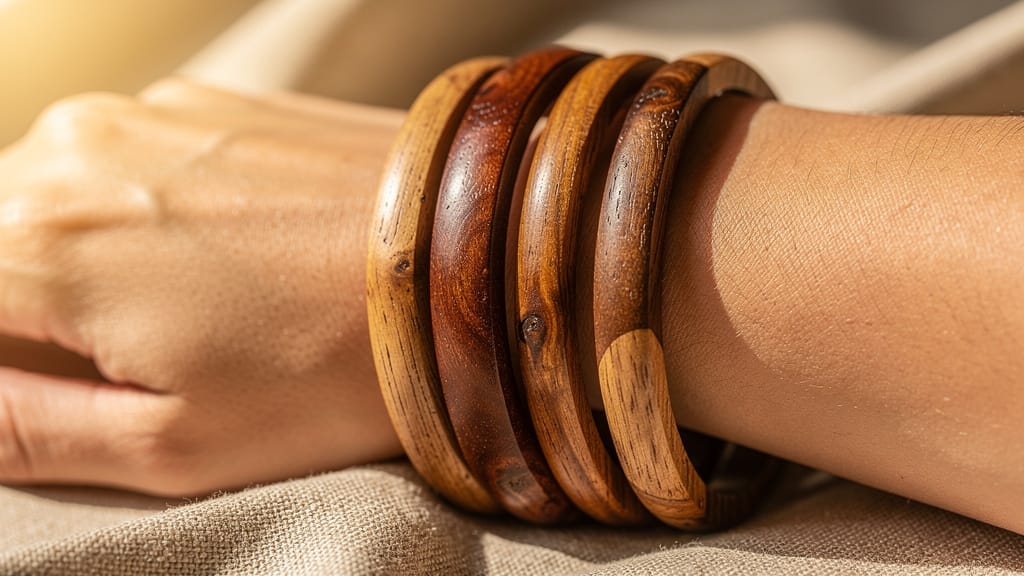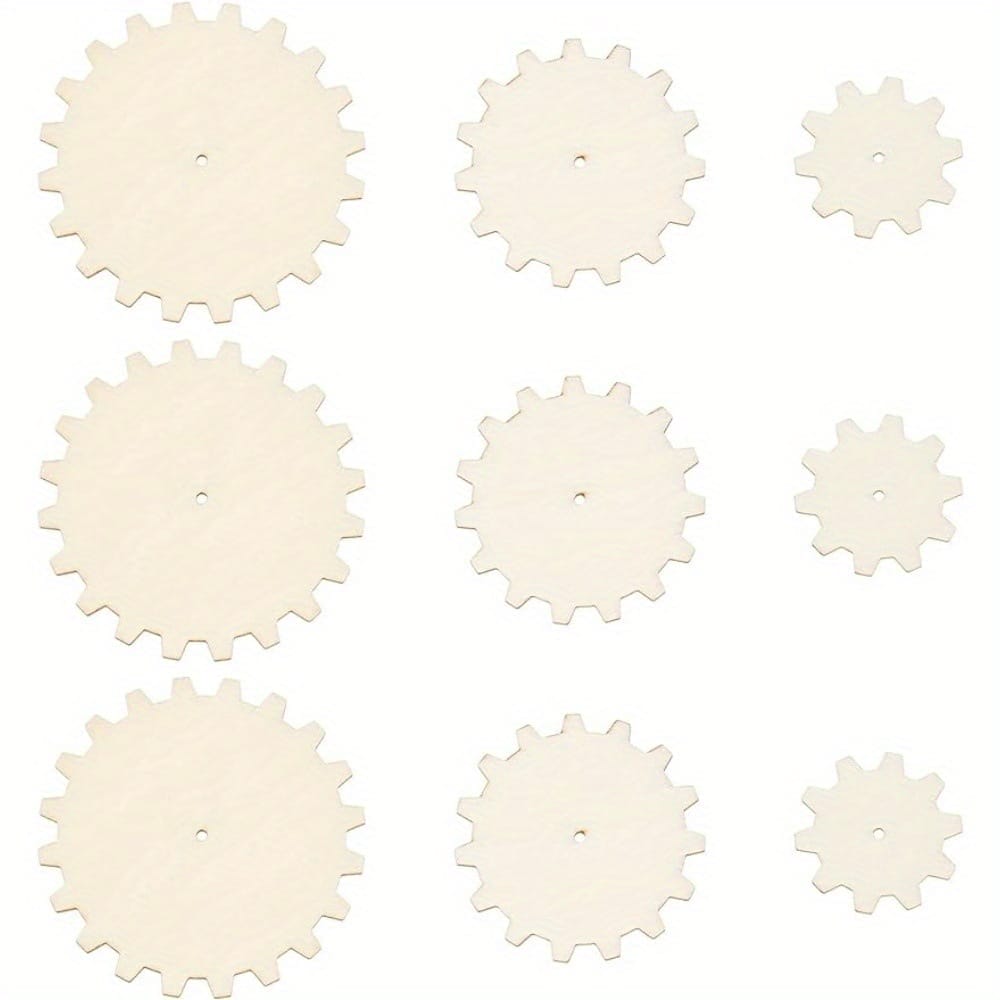At our company, we specialize in the bulk production of wooden cross necklaces, combining craftsmanship with efficient manufacturing processes. Understanding how to make wooden cross necklaces is key to delivering products that offer a rustic and personal touch to faith-based jewelry, making them popular in various markets.
Whether for bold statement pieces from large wood slabs or subtle designs from smaller cuts, mastering the production process allows us to deliver consistent, high-quality products tailored to business needs.
Key Takeaways
- We select strong, smooth woods such as maple, oak, or bamboo to ensure durability and aesthetic appeal.
- Sharp tools and safety gear are essential during cutting, sanding, and drilling to achieve clean shapes and smooth finishes.
- Protective coatings like oils, varnishes, or waxes enhance color and protect wood from damage.
- Cords, leather lacing, and metal chains with secure closures provide comfort and style for end users.
- Packaging in padded, tight boxes safeguards products through shipping and delivery.
Materials and Tools
Wood Selection
For large-scale production, we prioritize woods like maple, oak, bamboo, cherry, and dogwood. These materials combine strength with smooth texture and attractive grain patterns. Maple and oak are particularly suitable for high-volume manufacturing due to their toughness and ease of shaping. Bamboo offers a lightweight and environmentally friendly alternative with a natural rustic look. Using reclaimed or ethically sourced wood has become a standard practice to support sustainability and meet increasing corporate social responsibility standards.
Tip: We always verify documentation verifying sustainable sourcing to ensure compliance.
Cutting and Shaping Equipment
Depending on production scale, we employ both hand tools and automated machinery. For artisanal batches, Japanese mortise chisels offer precision shaping with sharp edges. For mass production, CNC machines and laser cutters provide speed, accuracy, and repeatability. Saws and drills prepare the wood by cutting shapes and drilling holes for cord attachment. Sanding operations—either manual or automated—refine surfaces to a professional finish.
Assembly Supplies
To assemble the cross necklaces, we use durable cords (often black with adjustable knots), leather lacing, or metal chains with secure clasps. These options balance wearability with style preferences across demographics. Finishing products such as oils, varnishes, or lacquers protect the wood while enhancing natural grain visibility. Final packaging in jewelry boxes or custom retail packaging ensures product protection during transport.
How to Make Wooden Cross Necklaces

Design and Marking
We initiate production with precise designs created via CAD software for optimal accuracy. CAD templates are printed and adhered directly to wood surfaces to guide cutting operations—this is essential for batch consistency. For smaller batches or handmade lines, jigs or physical patterns replicate shapes efficiently. We rigorously verify designs before cutting to ensure proper pendant dimensions and adequate space for drilling.
Tip: Double-check measurements to confirm pendants fit cords or chains appropriately.
Cutting
Cutting methods vary by volume:
- Small Batch: Hand saws and chisels guided by printed templates and jigs maintain uniformity.
- Mass Production: CNC machining and laser cutting optimize throughput and precision. CNC requires CAD file preparation (vector cleanup, toolpath planning) and secure clamping to prevent material movement. Laser cutters minimize waste but require compatible wood types.
Post-cutting involves careful removal of pieces and workspace cleaning.
Safety protocols include mandatory use of eye protection, machine guards, proper clothing restraint, dust extraction systems, and maintaining tidy environments.
Sanding
Sanding removes rough edges and prepares surfaces for finishing:
| Technique | Area | Grit Range | Pressure & Notes |
|---|---|---|---|
| Back-and-forth | Flat surfaces | 150–800 | Light pressure; check for burrs |
| Cross motion | Rough surfaces | 150–800 | Good smoothing; avoid excess pressure |
| Circular motion | Small areas | 150–800 | Continuous motion; light pressure |
| Edge sanding | Edges | Use sanding blocks | Slightly firmer pressure for smooth tips |
Prior to sanding, parts are cleaned with mild soap or brushes to remove debris. Operators wear masks and goggles to mitigate dust inhalation.
Tip: After achieving desired smoothness, apply oil or finish promptly to preserve surface quality.
Drilling
Drilling holes for cords:
- Mark precise drilling points at pendant tops.
- Use small sharp bits to prevent splitting.
- Secure pieces with clamps or jigs for safety.
- Drill straight holes sized for intended cord or chain thickness.
- Sand hole interiors if needed for smoothness.
Safety reminders: Eye protection is mandatory; keep hands clear of drill bits; maintain sharp drill bits; support wood firmly.
Finishing and Customization

Protective Coatings
We apply finishes enhancing durability and aesthetics:
| Finish Type | Examples | Effect | Application Tips |
|---|---|---|---|
| Oil-based | Linseed, Teak | Enhances grain warmth | Thin coats; wipe off excess |
| Varnish | Polyurethane | Protects from water & scratches | Thin layers; sand between coats |
| Wax | Paste or Liquid | Soft shine; smooth feel | Buff to desired sheen |
| Stain | Oil or water-based | Color alteration & grain highlight | Wipe on; dry; topcoat optional |
Each coat should dry fully before applying the next for best results.
Engraving and Detailing
Laser engraving is ideal for batch personalization such as logos, names, or dates with sharp lines. For handcrafted appeal, pyrography or stamping can be used. Adding beads or inlays (e.g., Japanese glass beads or mixed woods) offers additional customization options attractive to business clients seeking unique products.
Assembly and Quality Control

Pendant Attachment Methods
| Method | Description | Tools/Skills Required |
|---|---|---|
| Jump Ring | Metal ring linking pendant to chain | Jewelry pliers; basic skills |
| Bail | Decorative connector preventing twisting | Jewelry pliers; some experience |
| Head/Eye Pin | Wire pin looped for chain attachment | Jewelry pliers; intermediate |
| Charm Clip | Clip with built-in closure for easy use | Minimal tools |
We ensure drilled holes are smooth to prevent cord wear. Black adjustable cords are popular for their rustic look.
Closures
Common closures include lobster claw clasps (durable) and knotted slip cords (adjustable). Barrel clasps or magnetic closures can be offered for convenience. All closures undergo functional testing.
Quality Control Procedures
- Develop detailed inspection checklists covering dimensions, materials, finish quality.
- Share specifications with suppliers pre-production.
- Inspect raw wood for defects (cracks, knots, insect damage) including moisture testing.
- Verify drilled holes and sanding smoothness.
- Test all closures and attachments for security.
- Package finished products securely.
- Train staff on defect identification.
- Use quality management software to track issues.
Packaging and Shipping
Bulk Packaging Options
| Packaging Material | Benefits | Suitability |
|---|---|---|
| Wooden Crates | Strong, stackable, customizable | Ideal for bulk shipments & large pieces |
| Corrugated Cardboard | Lightweight, brandable | Suitable for bulk & retail orders |
| Foam Inserts | Shock absorption | Protects delicate pendants |
| Retail Enhancements | Branded tissue, fillers | Enhances unboxing experience |
For retail clients, branded boxes or jewelry bags improve presentation. Sustainable packaging options align with environmental commitments.
Shipping Preparation
Each pendant is packed individually in boxes or pouches with cushioning materials like foam or bubble wrap to prevent damage. Packages are sealed securely with tape, marked fragile if needed, and stacked on pallets with heavy boxes at the bottom. Pallets are wrapped with stretch film for stability.
Summary of Production Steps
Our approach to producing wooden cross necklaces at scale combines careful material selection, precise design, and efficient manufacturing technologies. By sourcing durable and sustainable woods like maple, oak, and bamboo, we ensure each piece meets high standards of quality and environmental responsibility. Leveraging CAD-driven designs alongside CNC and laser cutting allows us to deliver consistent shapes and fine details, essential for large production runs.
Finishing processes—including sanding, protective coatings, and customizable engraving—help us tailor products to client specifications while maintaining durability and aesthetic appeal. Our assembly methods use secure attachments and reliable closures to guarantee comfort and longevity for end-users. Rigorous quality control throughout the supply chain ensures defect-free products that meet or exceed customer expectations.
Finally, thoughtful packaging solutions protect the necklaces during transit and enhance the unboxing experience, supporting both wholesale distribution and retail presentation. This comprehensive process enables us to serve businesses seeking reliable, customizable wooden cross jewelry in volume.




